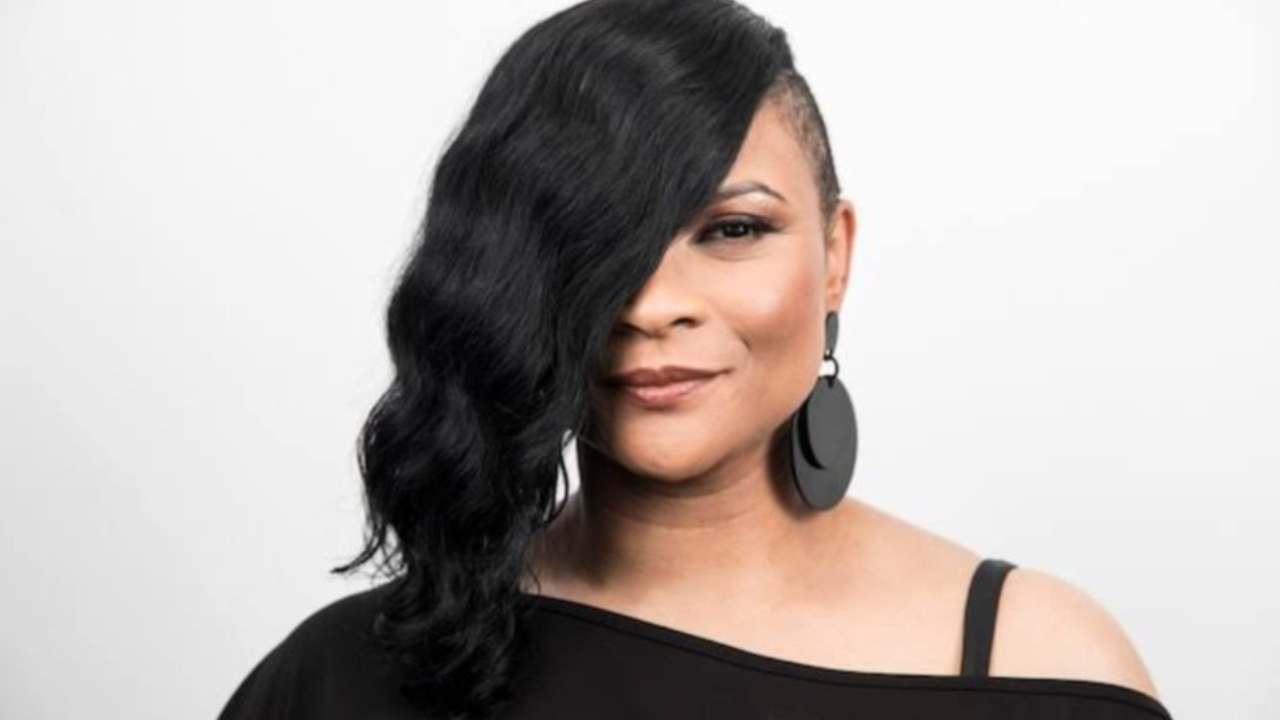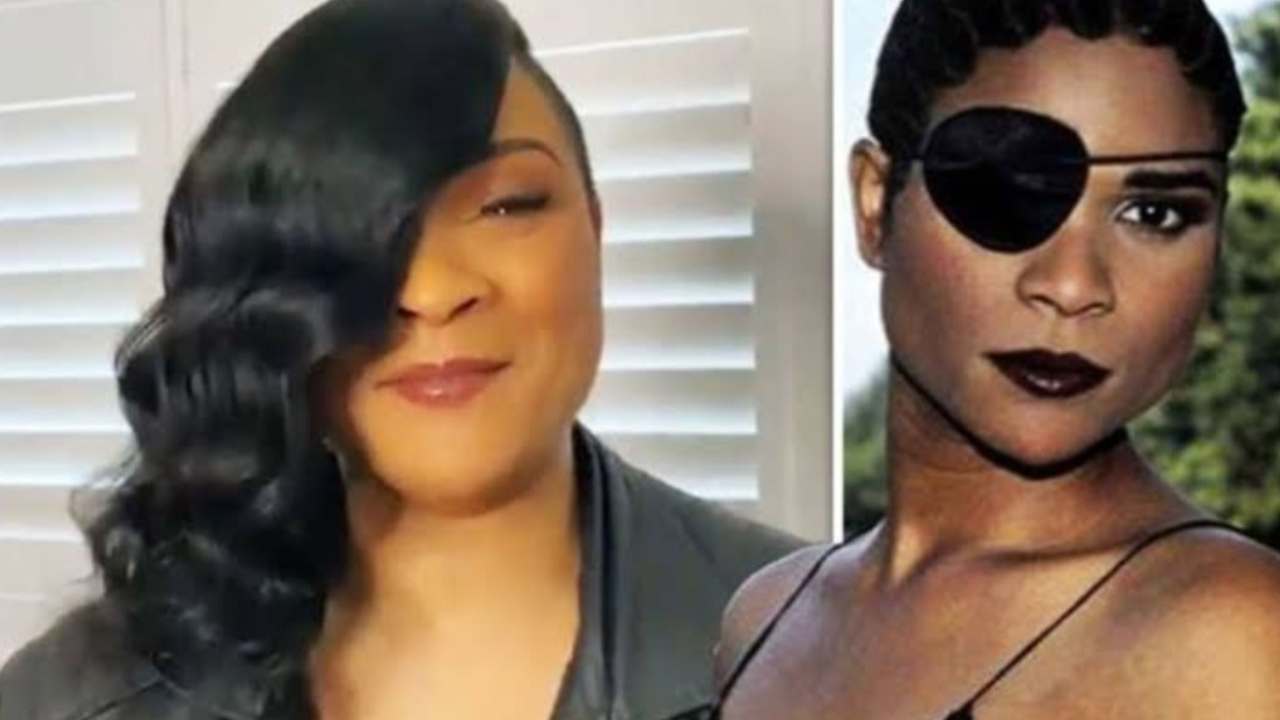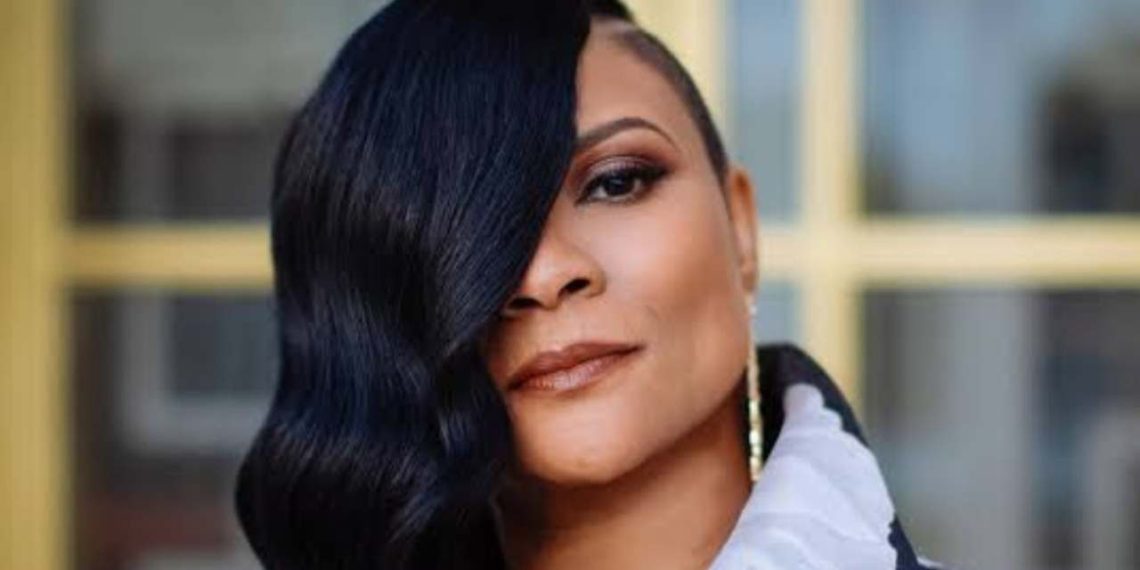Gabrielle, a renowned British singer and songwriter, originates from Hackney, east London.
Her musical journey commenced with the launch of her iconic debut single, “Dreams”, in 1993, swiftly ascending to the zenith of the UK singles chart, propelling her to global recognition.
Her extensive catalog features acclaimed hits such as “Going Nowhere”, “Give Me a Little More Time”, “Walk On By”, and a notable collaboration on “If You Ever” with East 17.
After a brief hiatus, Gabrielle staged a triumphant comeback with “Rise” in 2000, securing her second UK number one spot.

The accompanying album dominated the UK albums chart for three consecutive weeks.
Noteworthy among her achievements is the success of “Out of Reach” from the Bridget Jones’s Diary soundtrack, reaching the fourth position on the UK singles chart.
At 54 years old, she recently made appearances in Stormzy’s “Mel Made Me Do It” music video and graced ITV’s The Masked Singer as Harlequin.
Gabrielle is poised to start her most expansive UK tour yet in 2025, amazing audiences in Manchester, Birmingham, Glasgow, and Newcastle.
Despite her illustrious career and the anticipation surrounding her forthcoming tour, fans are perpetually intrigued by one question – why does Gabrielle consistently cover one eye?
This enigma continues to engage audiences, sparking discussions online, especially after her recent appearance on BBC’s The Graham Norton Show.
Why Does Gabrielle Always Cover One Eye?
Gabrielle suffers from ptosis, a condition characterized by drooping of the upper eyelid, which first manifested in childhood. A corrective surgery, undertaken during her youth, resulted in a shortened eyelid.
In addition to the physical challenge, Gabrielle faced formidable emotional hurdles. She grappled with depression and endured bullying throughout her school years, as classmates taunted her because of her condition.
In a candid interview in 2018, she underscoring the discomfort she feels when appearing in public with her eye on display:
“The idea of going out and showing my eye is like going out without my knickers on. It just wouldn’t happen,” she said.
During her appearance on talk-show Loose Women, Gabrielle added:
“I choose to cover my lazy eye because I don’t want it to be seen. It’s my comfort blanket and it makes me happy.”
In a recent interview, she said:
“The moment I wore the eyepatch, and could actually have a conversation one-on-one without my eyes wandering because I didn’t want you to notice my eyelid so much, it changed me.
“I felt truly empowered. And yeah, I think it was totally a game changer for me in my career.”
About Ptosis
Ptosis, characterized by the drooping of one or both upper eyelids over the eye, can vary from barely noticeable to obstructing the pupil, potentially affecting normal vision.
It may be intermittent or permanent, with origins in either congenital ptosis, present at birth, or acquired ptosis, developing later in life. Causes include trauma, aging, or various medical conditions.

In children, congenital ptosis can result from issues with the levator muscle responsible for lifting the eyelid, potentially hindering vision development and leading to amblyopia, or “lazy eye.”
Adults often experience involutional ptosis due to aging, eye injuries, or surgical procedures. Underlying diseases can also impact eyelid muscles, contributing to ptosis.
The main symptom is the noticeable drooping of the eyelid, with severity varying.
Diagnosis involves a thorough evaluation by an ophthalmologist, considering medical history and familial predispositions.
Surgical intervention is typically recommended for cases affecting vision, particularly in children, to enhance visual function. For adults with drooping eyelids, surgery remains the primary treatment.




